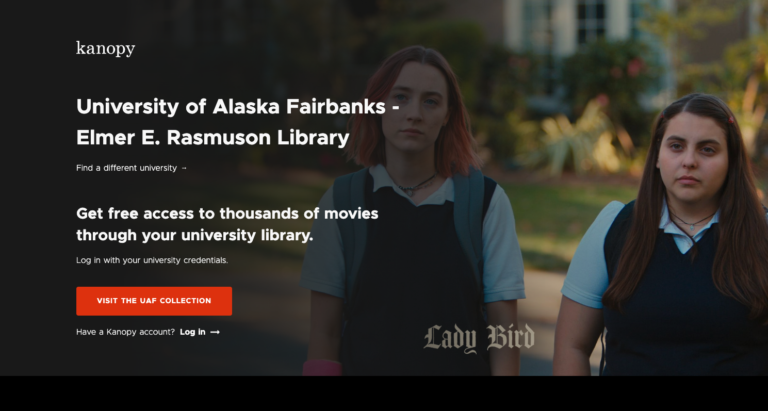Sharing the responsibility of accessibility

If you are teaching an online course at UAF, you have a clear support structure to provide reasonable accommodations for students. Here, UAF CTL and UAF Disability Services detail available resources and the responsibilities that are shared with instructors.



